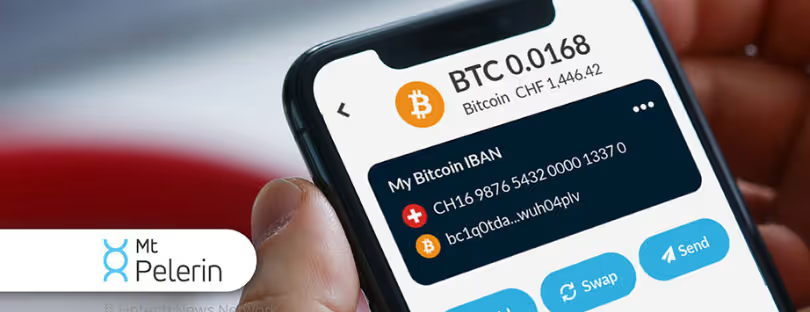
Smart Glass Market to Reach $10 Billion by 2030, Driven by Technological Advancements and Regulatory Mandates
The Global Smart Glasses Market is projected to grow at a CAGR of 8.50% from 2023 to 2030, according to a new report published by Verified Market Research®. The report reveals that the market was valued at USD 4.8 Billion in 2022 and is expected to reach USD 10 Billion by the end of the forecast period.
The global market for smart glass is poised for significant growth, driven by a convergence of factors including technological advancements, regulatory mandates, and evolving architectural trends. Smart glass, a versatile variant of architectural glass that adjusts light transmission properties dynamically, is acquiring popularity in both the residential and commercial markets. Recent trends and exhaustive market analyses indicate that the Smart Glasses Market will experience a substantial expansion.
Market Drivers:
The surge in demand for Smart Glasses Market is primarily attributable to its diverse applications and cutting-edge technological foundations. Smart glass, which is capable of modulating its light transmission properties in response to variables such as temperature, voltage, and ambient light, is widely used in the partitions, windows, and skylights of contemporary buildings. This adaptability can be managed either manually or automatically, giving consumers unmatched control.
Prominent industry names such as Research Frontiers, Inc., View, Inc., SAGE Electrochromics, Inc., Hitachi Chemicals Co. Ltd., Asahi Glass Company Ltd., Smart Glass International Ltd., Polytronix, Inc., Schott Corporation, Raven Brick LLC, and Pleotint, LLC are driving the Smart Glasses Market forward as key players. Through their financial statements, product benchmarking and SWOT analysis, key development strategies, market share, and market order analysis, these industry leaders have consistently set benchmarks.
The proliferation of smart glass technologies, including electrochromic, photochromic, thermochromic, suspended-particle, micro-blind, and polymer-dispersed liquid-crystal devices, highlights the Smart Glasses Market potential to revolutionize architectural design and energy efficiency. The incorporation of smart glass into building envelopes contributes to climate-adaptive structures, potentially eliminating the need for conventional window coverings and improving energy efficiency.
Numerous growth drivers strengthen the Smart Glasses Market’s optimistic outlook. In components such as rearview and panoramic mirrors, sunroofs, windshields, backlights, and sidelights, there is an increase in demand for smart glass applications in the expanding automotive industry. Transportation expansion and rising foreign direct investment drive this expansion.
In addition, architectural innovations integrating large windows and energy-efficient designs, as well as the cost-effectiveness of electrochromic materials, are anticipated to fuel Smart Glasses Market growth. It is anticipated that the inherent insulation properties of smart glass for heat and sound, its energy efficiency, and its aesthetic 3D design features will sustain the growth trajectory of the industry.
The availability of alternatives such as chemical glazes and decorative coatings may impede the market expansion of smart glass. In spite of this, global urbanization and increased government investments in the construction industry are fueling the demand for adaptable and well-lit environments, thereby accelerating the adoption of smart glass.
As the global market for smart glass continues to expand, key players such as Research Frontiers, Inc., View, Inc., and others are poised to utilize their industry expertise to influence this dynamic landscape. Financial performance, technological innovation, and strategic growth initiatives will influence the trajectory of the market. Through product benchmarking, SWOT analysis, and continuous market monitoring, it is anticipated that these competitors will maintain their market position and contribute to the ongoing development of smart glass technology.
Some of the challenges facing the smart glass market
Despite the potential of smart glass, there are a number of challenges that the market is facing, including:
-
- The high cost of smart glass. Smart glass is still relatively expensive, which is a barrier to adoption in some markets.
- The lack of standardization. There is no single standard for smart glass, which can make it difficult for different manufacturers to work together.
- The need for better performance. Smart glass still needs to improve in terms of its energy efficiency, durability, and responsiveness.










